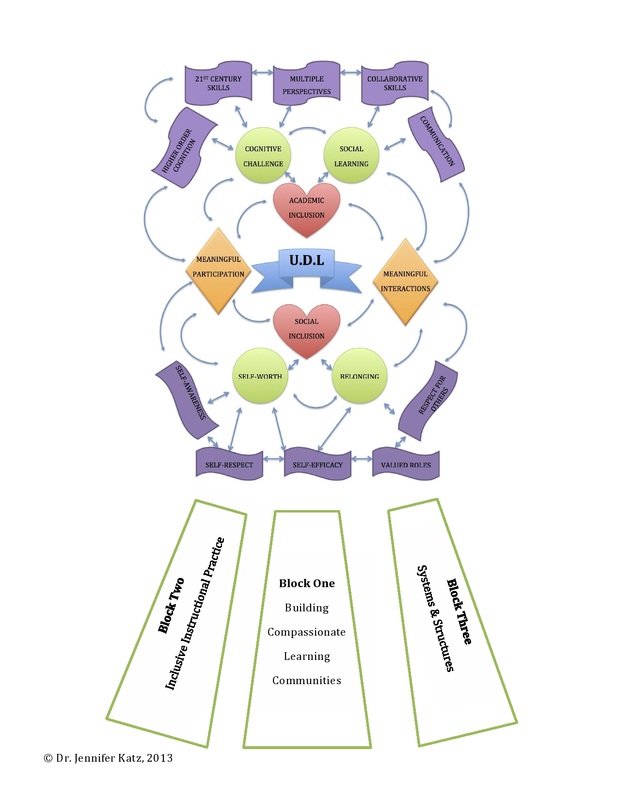Author:
Universal design learning (UDL) though not generally practiced in Nigeria but you can see a bit of it in private schools. For public schools, it is still a theoretical concept with a lot of barriers to implementation. For example, large class sizes, lack of adequate training for teachers etc. I never had a problem with any teacher’s style, but when I think back on my experience as a student, there were topics I wish had visual representation.
I had a classmate who struggled with reading and writing because of learning disabilities, he also had epilepsy, which made his own case worse. His daily struggles at school were never-ending. My classmates usually say hurtful things to him like he should go and learn a skill or trade because schooling is not for him. Nigeria has a strict, standardized educational system my school followed which actually did not offer him the necessary support he needed rather they left him hanging and longing for support. Some of the teachers felt he needed to go to a special school where they could take out extra time to teach him gradually because he was slowing the class down, it got to the point where they started ignoring him even if he understood the topic or not.
This experience has greatly influenced how I think about inclusion and Universal Design for Learning (UDL). According to McKenzie, Karisa, Kahonde, and Tesni (2021), Universal Design for Learning (UDL) promotes a variety of engagement, representation, and expression methods which could have given my classmate additional opportunities to comprehend and engage with the material. Teachers may, in my opinion, provide a setting where each student feels encouraged by incorporating more visual components, interactive videos, and flexible grouping.
As a future educator, I look forward to creating an atmosphere that can accommodate every student and include different methods to meet every child’s unique needs. My aim is to ensure no student feel left out or teased due to their differences just like my secondary school classmate.
Reference
McKenzie, J., Karisa, A., Kahonde, C., & Tesni, S. (2021). Review of UDL in Low-and Middle-Income Countries. IDEA. https://www. cbm. org/fileadmin/user_upload/UDL_review_report_2021. pdf.

Hi Mercy,
This post really hit home. It is heartbreaking to hear about your classmate’s struggles, especially knowing that he was basically left behind instead of being supported. Sadly, this happens way too often in rigid education systems where there’s little flexibility for students who learn differently.
I totally agree that UDL could have made a huge difference. The idea of using visuals, interactive videos, and different ways to engage students is so important because let’s be real, not everyone learns the same way. It is frustrating that so many schools still treat education like a one-size-fits-all system when it clearly isn’t.
I appreciate that you are thinking about how to create a more inclusive classroom in the future. Every student deserves to feel like they belong, no matter their challenges.
Hi Mercy, thanks for sharing and I feel sorry for your classmate. “Some of the teachers felt he needed to go to a special school where they could take out extra time to teach him gradually because he was slowing the class down” You talked about this matter that your classmate was suggested to go to a special school because of his disabled learning and his epilepsy. I think the reason for this phenomenon is not your other classmates have no supports for your classmate, but it is because of the system and the policy which doesn’t provide support for this kind of students (I think there will be some other students like your classmate in other schools). Also, they are afraid that the student would slow down the learning pace of the whole class, which means that there are kind of competition in this school. Yes, if there is some UDL in your classroom, it will be helpful for your classmate.
Your reflection on your experience having a classmate with special needs who did not receive adequate education is an excellent example of the need for integration. However, as you stated, teachers lack understanding of special needs students, and schools often lack funding for extra assistance for students. Hopefully education in Nigeria can be more inclusive in the future, so all students have access to education 😊